Stages Of Lumbar Slip Disc
The vertebral column is also known as spine in the human body that runs from the base of the skull to the pelvis. It supports and protects the spinal cord. It enables flexibility, mobility, and balance.
The vertebral column is made up of 33 individual bones called vertebrae. Between each vertebra lies a soft jelly cushion like structure that helps to absorb pressure.
What is slip disc?
Slip disc is also known as disc herniation or prolapsed disc. Before understanding a slip disc, its important to understand intervertebral disc. Intervertebral disc lies in between two vertebrae and gives cushioning to the spine. Almost 23 intervertebral discs are present which provides strength and stability.
It is responsible for 25% of spinal height.
The intervertebral consists of 3 different layers:
- Nucleus Pulposus - The Inner layer
- Annular Fibrosus – The Middle layer
- Vertebral End Plate/Lamellae – The Outer layer
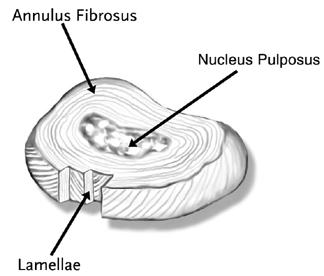
A herniated disc occurs when a part of nucleus pulposus or complete nucleus pulposus protrudes through annular fibrosis. As the herniated disc applies pressure on the nerves.
Causes?
There are several causes of Herniated disc such as:
- Ageing – Age-related bone loss involves a gradual and progressive decline. A significant increase in bone breakdown (resorption) causes an early drop in bone strength (bone mineral density). This weakening can sometimes lead to conditions like herniation, where parts of the bone or discs in the spine bulge out of place.
- Repetitive Strain – Continuous movements inappropriately leads to strain resulting in herniation. Activities such as heavy weight lifting, Sudden twisting and jumping etc. Mostly not doing activities in an ergonomic way can also be the root cause.
- Trauma – Sudden trauma/an injury may lead to disc herniation. Falling from a bike, Getting hit by a car, suddenly falling on ground due to vertigo may also lead to disc protrusion.
- Excessive weight bearing – Obesity leads to excessive pressure on the spine. An increase in weight weakens the core muscles, leading to instability in the lumbar region and increasing the risk of back problems.
- Flexibility - Tight muscles in the low back and hamstrings leads to lack of flexibility and also a cause to disc herniation.
- Occupation – People in IT (Having sedentary lifestyle), Drivers and many more may have issues of slip disc due to performing long hours similar activity without breaks.
Symptoms
Herniated disc may/may not have symptoms initially but gradually shows symptoms such as:
- Radiating pain- Pain in the low back radiating to both/any of the lower limbs. It is not necessary that pain will persist till the toes, pain may be present till thigh or calf.
- Tingling- Those who have herniated or prolapsed disc may have tingling sensation in legs depending on in which part of the spine, disc is herniated.
- Numbness – Most of the patients also complains of having numbness in the foot. Some of them also complains of having numbness in thigh or complete leg.
- Weakness - Weakness is highly noticeable in some of the muscle. This leads to stumbling or affecting the ability to grab or lift or walk properly.
- Burning sensation – Some of the patients also complains of having burning sensation in thigh or in foot/palms.
- Urine Incontinence - In adverse conditions patients may not have control over urine and bladder.
Stages of Slip Disc?
Stage 1: Disc Compression (Annular Tear)
The first stage of slip disc is disc compression. This stage occurs when excessive strain, trauma, or degenerative changes cause the disc to become squashed or compressed. The annular fibers that hold the disc in place begin to tear, but the nucleus (the jelly-like center of the disc) remains contained within the disc structure. At this stage, individuals may not experience any symptoms, as the nucleus has not yet pushed through the outer layer.
Stage 2: Bulging Disc
As the strain on the disc continues, the nucleus begins to push against the weakened annular fibers, causing the disc to bulge outward. This stage is known as a bulging disc. The nucleus is still contained within the annulus, but the outermost fibers are holding it in place. Inflammation caused by the bulging disc can irritate the nearby spinal nerve, leading to pain and discomfort.
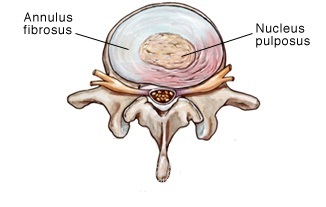
Stage 3: Disc Protrusion
In the third stage, called disc protrusion, the soft nucleus escapes through larger tears in the annular fibers but remains connected to the disc. The protruding disc presses on the exiting spinal nerve, causing an increase in pain and other symptoms such as numbness, burning, or tingling sensations in the affected area. The severity of symptoms may vary depending on the location and extent of the protrusion.
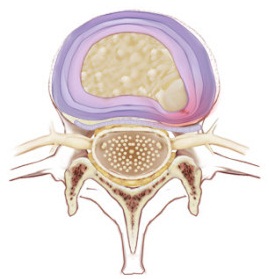
Stage 4: Herniated Disc
The final and most severe stage is a herniated or sequestrated disc. In this stage, fragments from both the annulus and nucleus break through the posterior longitudinal ligament into the epidural space. These fragments are now outside the disc segment, compressing the spinal nerve. Pain levels at this stage are often severe, and intervention may be necessary to alleviate the symptoms and prevent further damage.
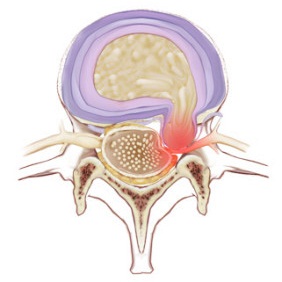
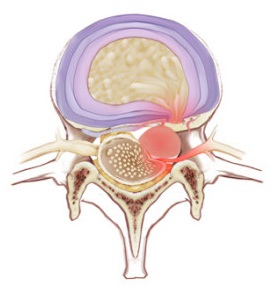
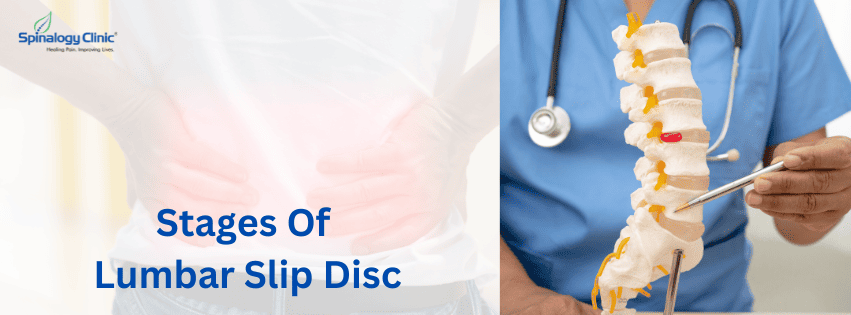
_1747226427_1751827070.png)
_1744793045_1751827442.png)
_1743751136_1751830603.png)
